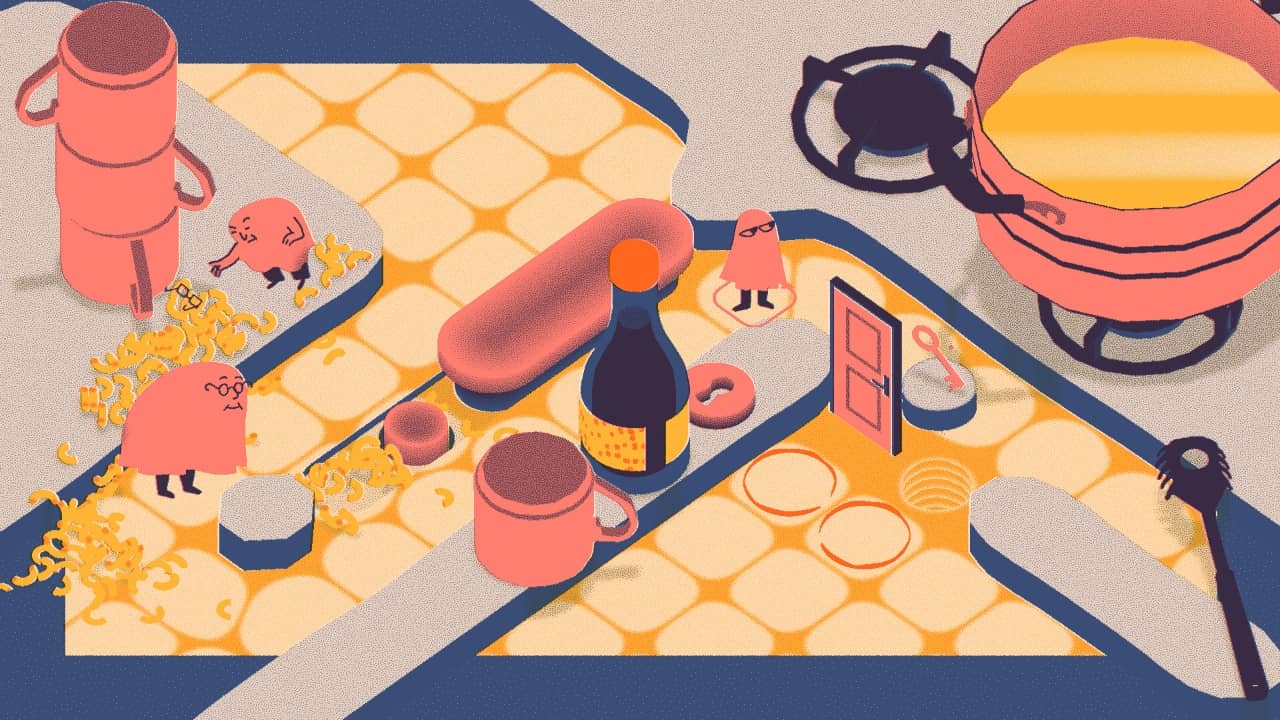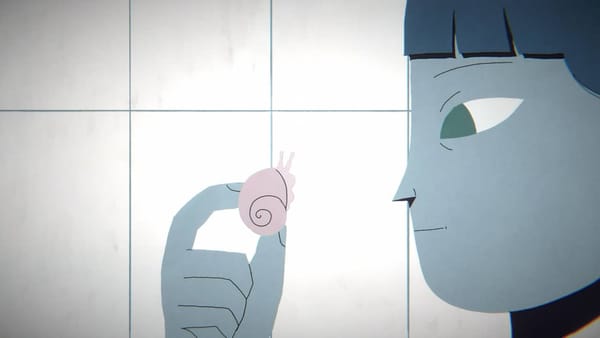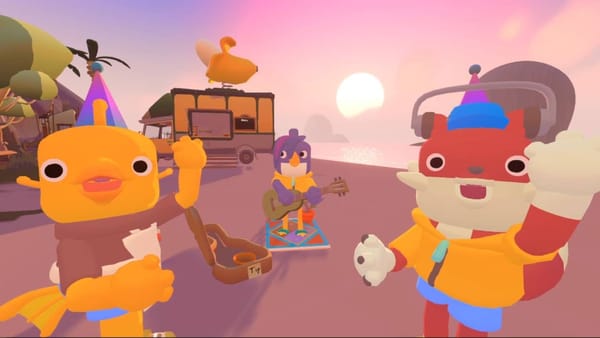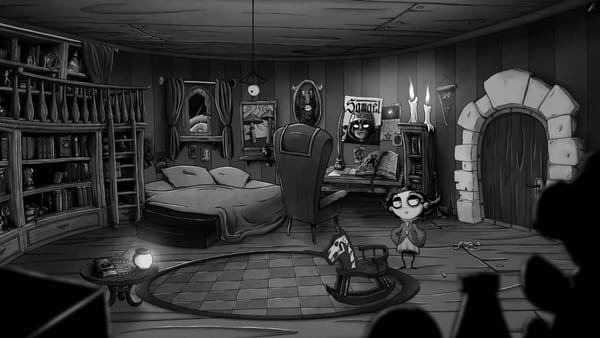Celebrating 10 years of video games with ARTE France, here’s a look at How To Say Goodbye – a beautifully illustrated puzzle game that explores death but in the most accessible and delicate way. That may not be the case for your brain cells if you don’t like a decent puzzle game.
You create an avatar with their name, nickname, their favourite food and drink, plus when they passed. Even with these parameters and the associated hospital equipment, there’s not one ounce of morbidness present, and on the contrary, it’s very upbeat.
Now that you’re in the afterlife, you’re a bit… lost. Gracing the screen as a ghost, you must navigate from one doorway to the next, locating keys and triggering pressure pads to unlock new paths and help progress through the unknown.

How To Say Goodbye Steam Review: Some Transparency
How To Say Goodbye is like an illustrated children’s book, with adorable characters, a vibrant yet calming colour palette, and a tranquil soundtrack to boot. The game from authors Florian Veltman and Baptiste Portefaix caught my eye on this very date two years ago. It has been a pleasure to experience.
After your death, you’ll initially be on your own to find your way. The way the game teaches the mechanics is brief, but once you understand, it’s incredibly straightforward. It’s not easy, mind, just not a complicated set of mechanics to learn.
In How To Say Goodbye, the ghost, in my case Jeff, hovers on a moveable tile and with the mouse, you can slide them off into one of four directions, pending a wall or other obstruction doesn’t block it. Think of this design as a tile conveyor belt. It’s not so rigid and feels quite organic in how it moves.

When Paths Collide
Sliding the path back and forth doesn’t just move Jeff but also their doppelganger, other friends, and the items you need to progress. Early in the game, you are awarded a mirror that summons a replica to use as a virtual paperweight, manoeuvering them onto a tile so you can escape. Yes, you don’t need to take your counterpart through the door, but some NPCs require an escort.
The journey through the afterlife in How To Say Goodbye is a personal one as Jeff will reconnect with loved ones who reminisce on their past, pulling up the odd anecdote or adding a personal touch such as mentioning the parameters you typed in at the beginning. They offer a gentle nudge through the journey, but once again, I must stress that the game is lovely and not the melancholy car crash it could be.
Some characters like to play havoc, but they’re not the type that induces stress. A lot of the time, they have their best intentions, but at a detriment to your progress. In time, they’ll join you, and before long, you’re using them to trigger a mechanism or help you get home as if you’re a spectral Sam Beckett.
No, You Hang Up
How To Say Goodbye is an enchanting experience, but it does carry strong messages of loss and what it means when we die. Well, it’s open to interpretation, but it’s never shoved down your throat on how to think. This is more of a casual experience than a die-hard brain teaser, but puzzles are always subjective.
The way in which How To Say Goodbye is presented – both the style of play and the presentation are superb. Ignoring the food hamper, fine wines, and Belgian chocolates that ARTE France sent so that I’d give a favourable review, they genuinely are a publisher shaping the future of gaming so that the medium can be taken seriously as an art form. Wonderful.










